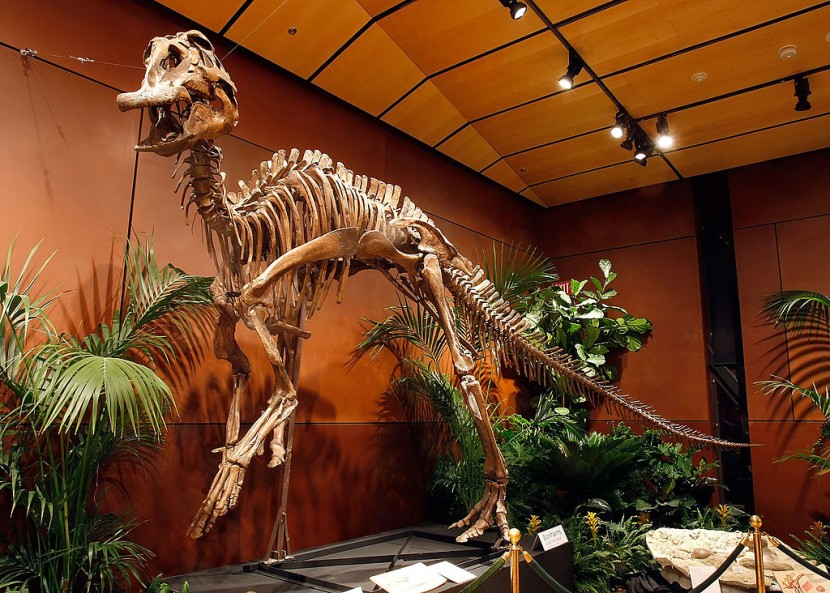
Finding a fossilized dinosaur mummy on an Alberta hillside is unusual compared to finding common fossils. Paleontologists struck gold when they discovered a complete dinosaur skeleton with perfectly preserved skin, which is peculiar for prehistoric remains.
Fossils From 65 Million Years Ago
A fragment of a fossil observed protruding from a Canadian cliff in 2021 may well be connected to a rare complete dinosaur skeleton containing skin kept intact as a fossil, reported Science Alert.
A hadrosaur was discovered one day by a field scout in Dinosaur Provincial Park in Alberta. Teri Kaskie and paleoecologist Brian Pickles from the University of Reading guided the search to find the specimen, noted Real Clear Science.
Pickles says he hopes to finish the digging throughout two field seasons. Likewise, considering the size of the tail and feet, it's presumably an adolescent, per the University of Reading.
Plant-eating duck-bill hadrosaurs, which lived 75 to 65 million years ago, were widespread in the late Cretaceous (Mya). Its height is estimated to be 4 meters (13 feet) tall, especially in contrast to adults' 10-meter heights. So far, the exposed fossil sections are the tail and its hindfoot, but part of the preserved skin is amazing.
Based on the exposed parts and how the fossilized dinosaur mummy was positioned, it might be that the skeleton is wholly preserved, and its skin is still on it; on the Alberta hillside.
Hadrosaurs Bones Uncovered
Duck-bill fossils are commonplace in this area of the world, but one of the scientists involved in the project is paleontologist Caleb Brown from the Royal Tyrrell Museum of Paleontology.
The above find is unique since a substantial chunk of the exposed skeleton is encased in petrified skin. He added that even more skin might be kept intact inside the rock, which could provide more specifics about the hadrosaur's image. Its skin could have been rapidly concealed after the dino died approximately 76 million years ago since it has been maintained so well.
Based on the most recent information provided to USA Today, the reptile either fell dead or had a river bank fall on it or died and was encased by sand and silt in the river.
If they were fortunate enough, some internal organs might still be preserved after millions of years. It will take weeks of labor to extract the skeleton from the rock and preserve the remaining parts before the remains can be recovered.
After that, the relics will be transported to the Royal Tyrrell Museum of Paleontology, where they will be studied carefully.
Years could pass during that process. They will come across a preserved skull that would determine the type of hadrosaur it is.
Pickles added that more is known about adult Hadrosaurs; the skeleton can shed light on adolescent ones. A fossilized dinosaur mummy located in a section of an Alberta hillside has skin intact, that is an exciting scientific curiosity.
Related Article : Scientists Discovered Peculiar Gravitational Relationship Between Lunar Cycles, Tides, Mangroves
© 2025 HNGN, All rights reserved. Do not reproduce without permission.








